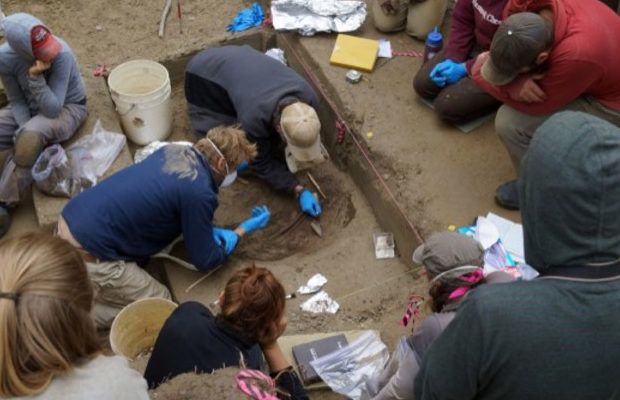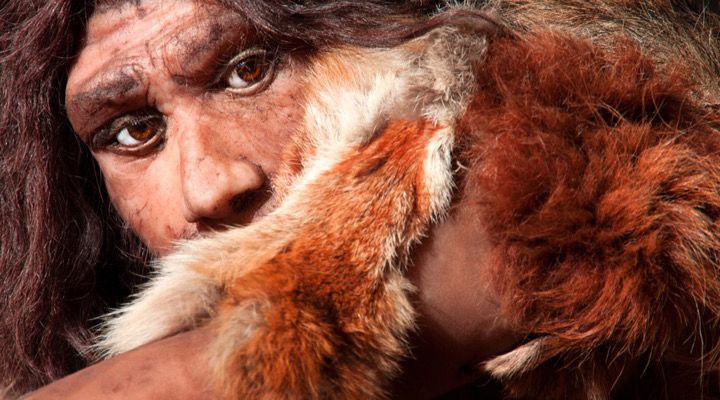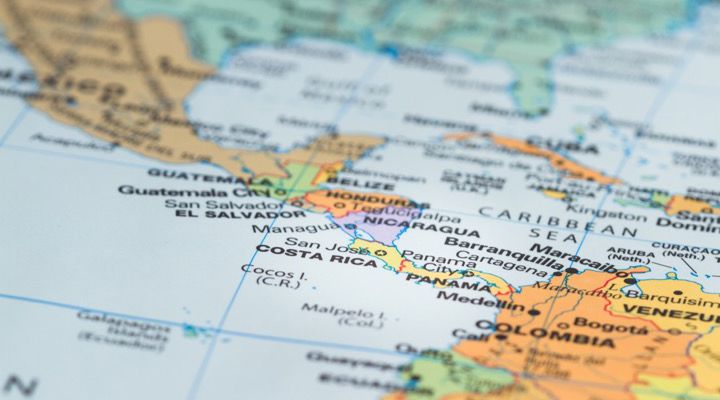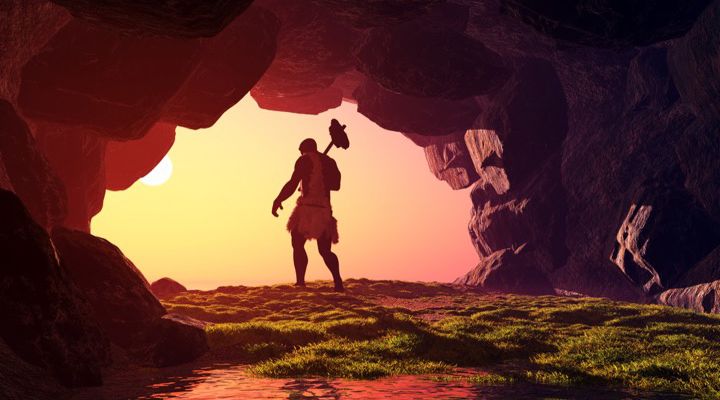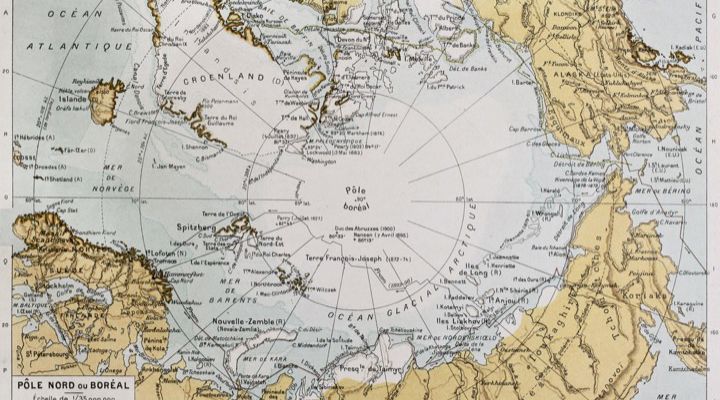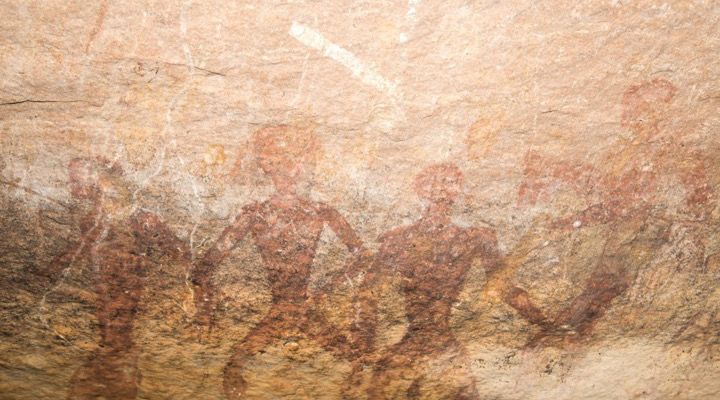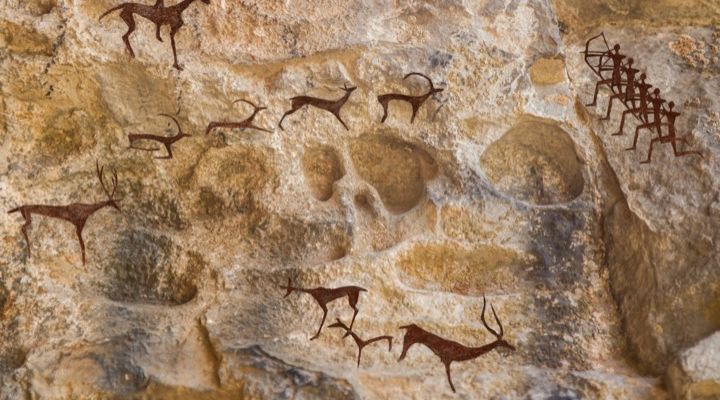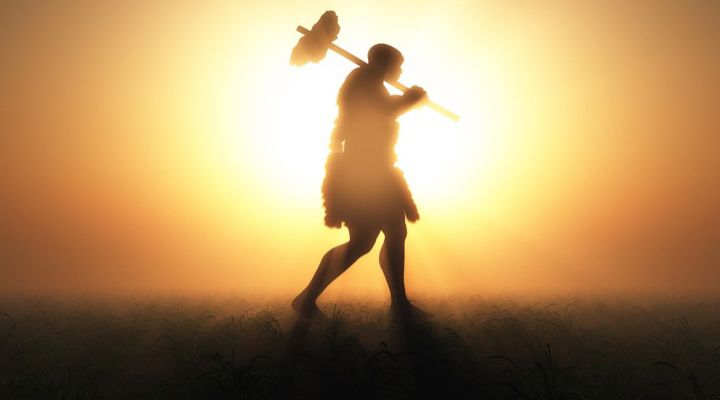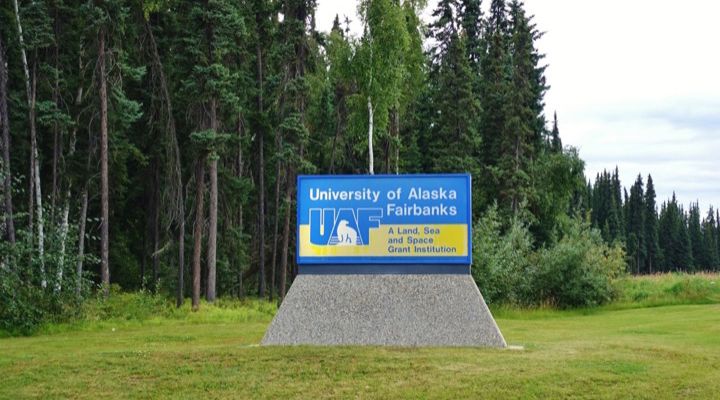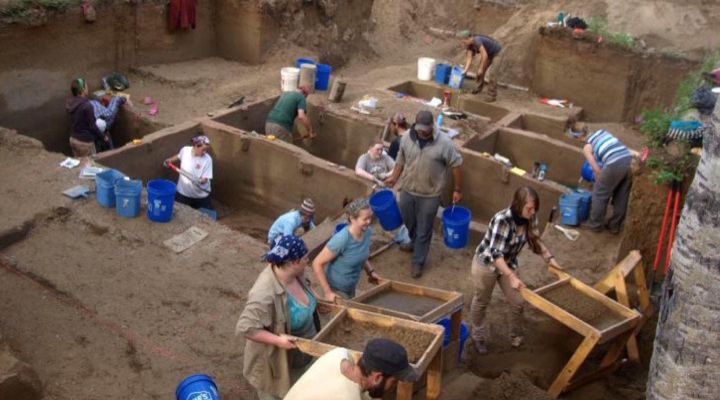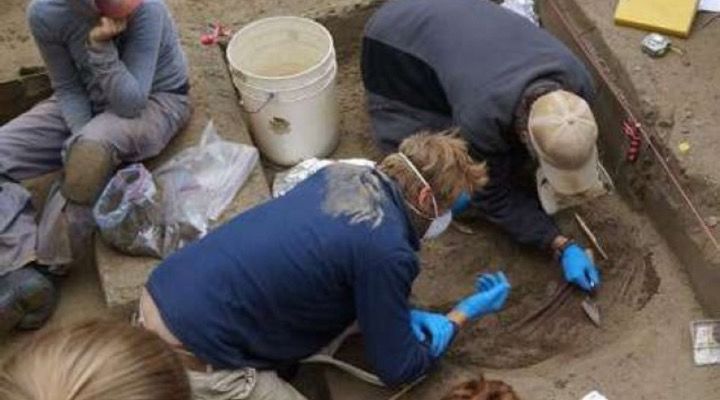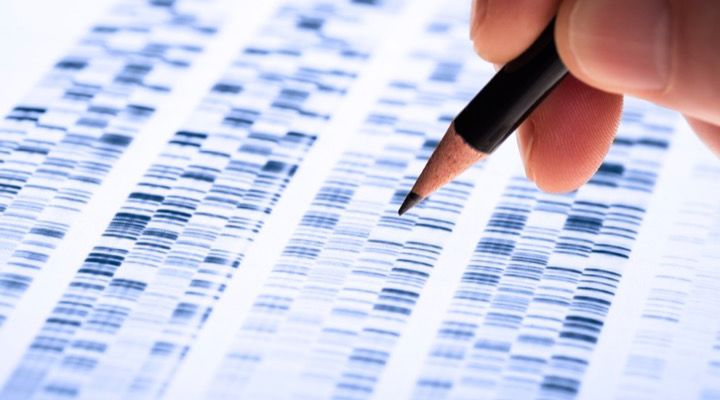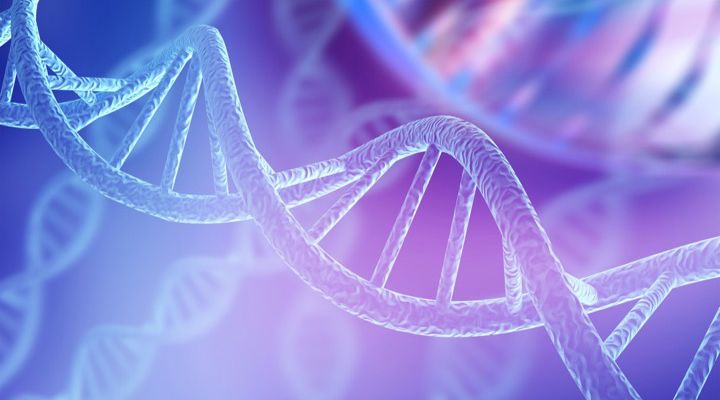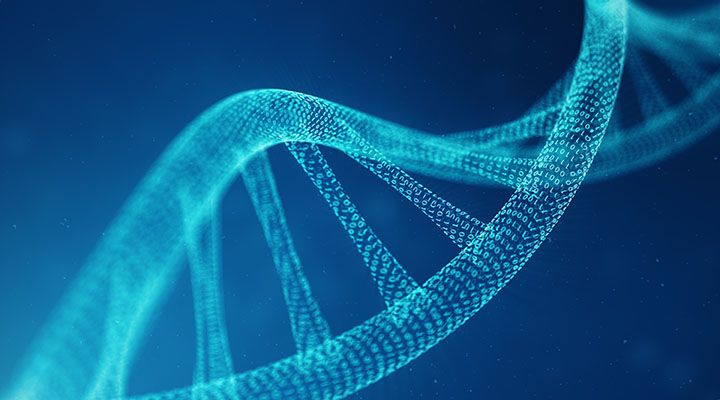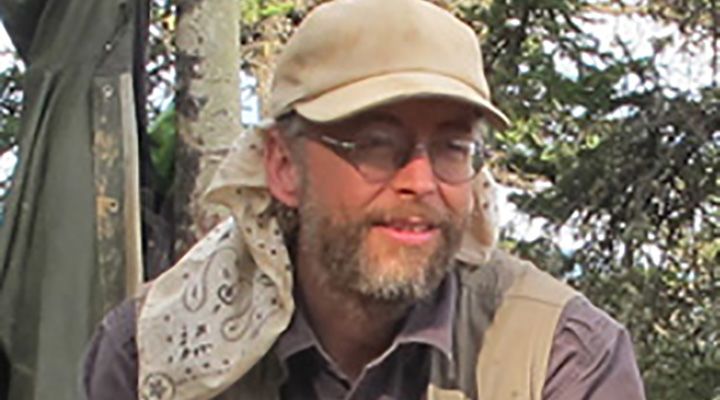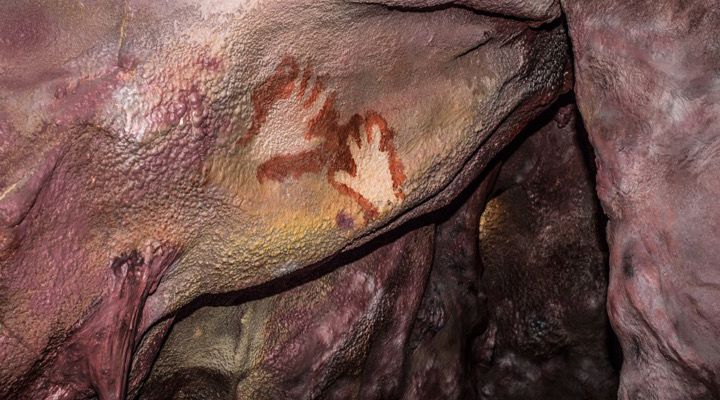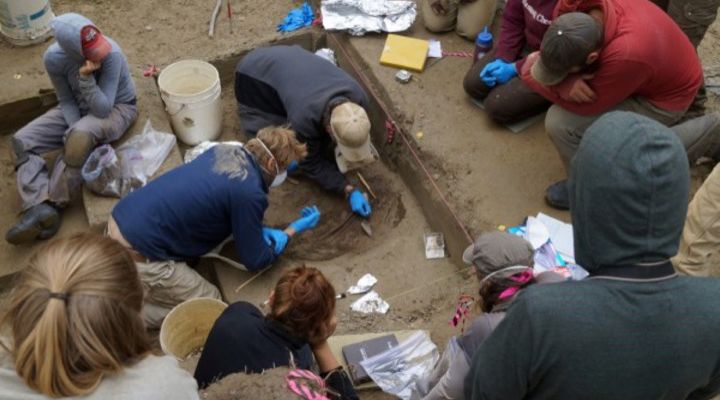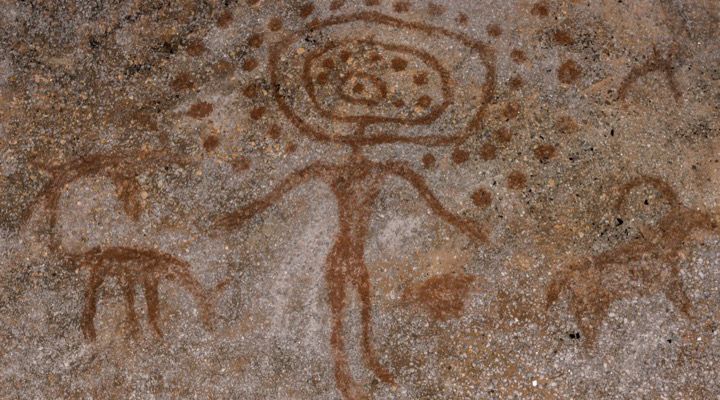With advancements in technology, scientists have been able to figure out when, where, and how thousands of species came to be on our planet.
Yet there are still so many questions about our own species and how we inhabited the Earth that we still have no answers to. Thanks to 1 remarkable baby girl, however, we are 1 step closer to finding out the truth about our past…
The Origin Of Humans
Scientists have long known that humans, or Homo sapiens, originated in Africa. From there, our species spread to the rest of the world, however, what scientist don’t know is how exactly they spread to the rest of the world.
An Impossible Journey
Specifically, scientists always had trouble figuring out how exactly humans made it to the Americas, as the 2 landmasses were separated from the rest of the world by 2 massive oceans that would have been impossible to cross at the time…
A Mystery
For a long time, our migration completely baffled experts. However, that mystery was partly solved when scientists realized that the Americas haven’t always been completely separated from the rest of the world as they have been for the past 11,000 years.
The Beringia Bridge
Before then, the Americas were actually connected by a land bridge called Beringia that connected Siberia to Alaska. The narrow, icy bridge served as a way for humans to travel east and eventually south to the rest of the continent…
A Hypothesis
While scientists knew about the land bridge that allowed humans to spread, they still didn’t know the details of how or exactly when human beings made this great journey. Over the years, they have been forced to hypothesize these details based on the evidence they had discovered.
The Proof
According to scientists, the long-standing hypothesis is that humans traveled from Asia to the Americas using the Beringia land bridge after finding several sites of occupation in Siberia and Alaska proving that people did travel and live along that route…
Unanswered Questions
Yet scientists have never been able to answer the questions of when exactly the migration happened. They also have never figure out if the migration happened in 1 massive wave or if there were multiple waves of migrating tribes.
The Native Americans
After migrating to the Americas, 2 main groups of Native Americans, the Northern Native Americans, and the Southern Native Americans split from each other and went on to spread and populated the rest of the continent. Or that’s what scientists always believed…
Upward Sun River
In 2013, Ben Potter, a professor of anthropology at the University of Alaska Fairbanks, was working with his students at the Upward Sun River site, a late Pleistocene archeological site in the Tanana River Valley in Central Alaska, where he had been working with his team for the past decade.
The Remains
While searching the site, Potter and his students found the remains of 2 human infants, who are believed to have been cousins, in a burial pit. According to Potter and his team, 1 of the babies appeared to have been stillborn while the other infant died when she was about 6 weeks old…
The 11,500-Year-Old Infant
The baby girl who survived for just 6 weeks lived in Upward Sun River with her family about 11,500 years ago. According to local indigenous people, the baby’s name was Xach’itee’aanenh T’eede Gaay or ‘sunrise child-girl’.
A Genetic Analysis
However, that was all that was known about the infant for years as a full genetic analysis wasn’t available at the time when Potter and his team found her. It wasn’t until recently that the full analysis became available and Potter realized how major his discovery really was…
The DNA Results
Before testing the baby’s genetics, Potter assumed that her DNA would match DNA that has been collected from other northern or southern Native American populations. However, when the results came back, everyone was stunned by what they saw.
A New Population
Instead of matching the lineages of northern or southern Native American populations, the baby girl’s DNA had a completely distinct genetic makeup that had never been seen before and came from an entirely separate population…
The Earliest Known Population
“This individual represents a previously unknown population, which is also the earliest known population of Native Americans,” says Eske Willerslev, an evolutionary geneticist. “We can address fundamental questions such as when people came into North America because this population is related to everyone else.”
Direct Evidence
“We didn’t know this population existed,” said Ben Potter. “These data also provide the first direct evidence of the initial founding Native American population, which sheds new light on how these early populations were migrating and settling throughout North America…”
The Ancient Beringians
Scientists believe that the infant belonged to a population they now call the Ancient Beringians. When comparing the genetic makeup of the baby, the team also found that half the girl’s DNA came from ancient north Eurasians from Siberia. The other half of her DNA was an even mix of DNA now carried by northern and southern Native Americans.
An Incredible Find
The reason the baby’s DNA is so incredible is that it provides indisputable proof that humans had already migrated and were living in the Americas 11,500 years ago. It was also the first time researchers had any idea when the populations started splitting…
The Estimated Timeline
Based on the baby girl’s DNA, scientists discovered that the original population of Native Americans began splitting from their ancestors in East Asia about 36,000 years ago and completely finished the split 25,000 years ago. By 20,000 years ago, there was a split between the Ancient Beringians and the rest of the Native Americans. After that, there was another divide between the Northern and Southern groups.
A Complex History
While there is still a big debate among scientists and archeologists about the exact timeline of the migration and the possibility that the Ancient Beringians split from the rest of Native Americans before crossing the land bridge. However, what is clear is that the genes from the Ancient Beringians no longer exist, meaning that they died out at some point. “It would be difficult to overstate the importance of this newly revealed people to our understanding of how ancient populations came to inhabit the Americas,” Potter said. “This new information will allow us a more accurate picture of Native American prehistory. It is markedly more complex than we thought.”
